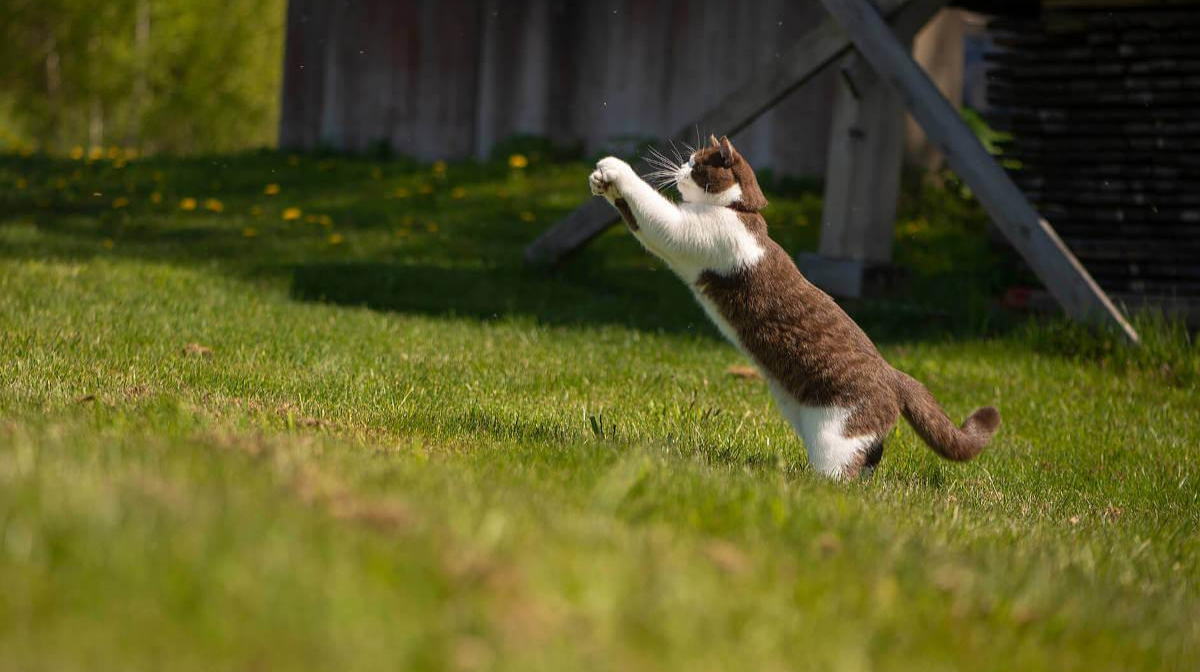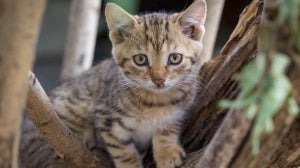
More of us cat owners choose to keep our beloved cats indoors, this could be due to concerns over nearby busy roads or bullying neighbourhood cats. However, indoor confinement can reduce your cats’ ability to express natural behaviour and restrict their opportunities for exercise and mental stimulation. Boredom may lead to increased attention to food as well as over-sleeping, resulting in weight gain. Stress is another concern; this can be brought on by factors such as limited resources or the lack of ability to exhibit normal behaviour. Therefore it is important to think about ways in which to improve your cats’ indoor environment; we have listed a few examples below:
Scratching posts– not only will these help save your furniture, but provision of a scratching post allows for natural behaviour to be exhibited and it helps maintain claw condition. Ensure they are of a good height to allow your cat to fully stretch.
Think height – cats enjoy being up high, this enables them to avoid any perceived threats. Cat trees with perches or shelves help provide security.
Security and space – indoor cats are space restricted, so respect their personal space to avoid stress. Provide secure sleeping areas where they can escape to.
Opportunities for play – cats love to chase, so fishing rod toys or small cat safe balls, are perfect to encourage activity. Small prey like toys can be used to help mimic natural behaviour and feeding balls can be used to encourage activity. Rotate the toys available to them to alleviate boredom.
Social interaction – take time to interact with your cat via grooming or play but read your cats’ body language as each cat will vary with their need for interaction.
Multiple resources – reduce stress in multi cat households by offering multiples of key resources – litter trays, food and water bowls, scratching posts and sleeping areas.

Boredom may lead to increased attention to food as well as over-sleeping
As mentioned, indoor cats have a tendency for weight gain. Using puzzle feeders or mazes helps slow down your cats’ consumption and provide mental stimulation. If they struggle to regulate their own food intake, work out their daily amount using the feeding guide and then split their food up into smaller meals throughout the day. If your cat is overweight, move them onto a light diet to aid weight loss. Explore Now about transitioning you overweight cat.
Our light turkey diet is perfect for adult cats that spend their time indoors. To suit their lower activity levels, it contains less fat than our standard adult cat diet. To make the litter tray more pleasant, we use highly digestible ingredients to keep stool output low and we also add a natural clay to absorb many of the stool odours.









